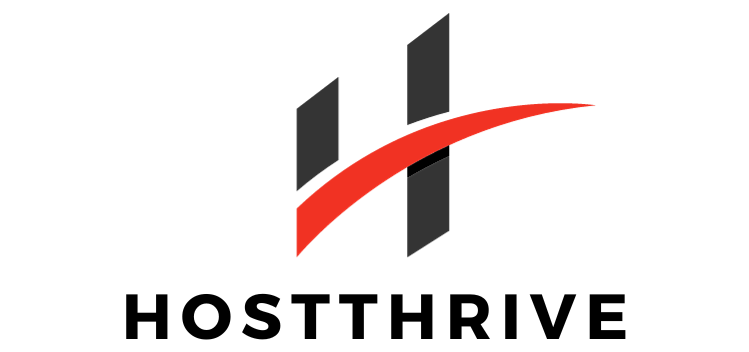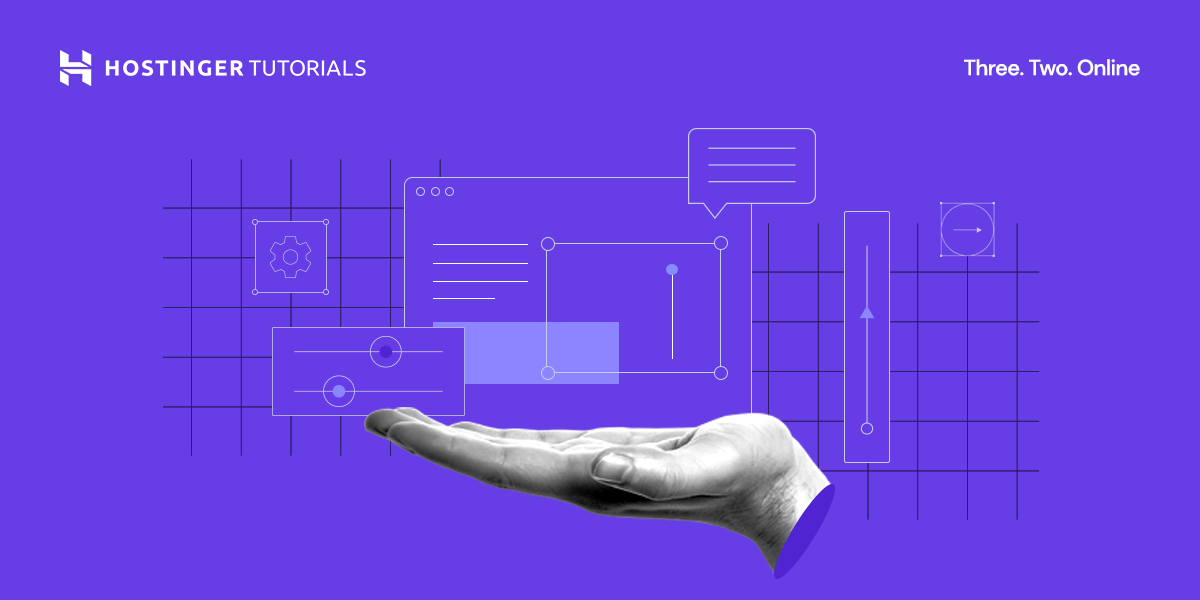Are you Concerned About Your Website Security?
Are you interested in learning about how to secure your website from potential threats and attacks? In today’s digital age, website security is more important than ever before. By implementing best practices for website security, you can protect your website and the sensitive information of your users. Read on to discover the top strategies and techniques for enhancing your website security.

Why Website Security Matters
Website security is crucial for protecting your website from cyber threats, such as malware, hacking, and data breaches. A secure website not only safeguards your data and the data of your users but also helps to build trust among your visitors. By following best practices for website security, you can prevent unauthorized access, maintain the integrity of your website, and ensure a safe online experience for everyone.
You wouldn’t leave your front door unlocked, so why leave your website vulnerable to attacks?
Just as you take measures to secure your physical belongings, you should also take steps to protect your digital assets. Think of your website as your online storefront – it’s essential to keep it secure to prevent any unwanted intruders.
Implementing HTTPS Encryption
One of the fundamental practices for website security is implementing HTTPS encryption. HTTPS, or Hypertext Transfer Protocol Secure, encrypts the data exchanged between a user’s browser and your website. This encryption ensures that sensitive information, such as passwords, credit card details, and personal data, remains confidential and secure.
It’s like sending a secret message that only you and the recipient can decode.
By enabling HTTPS on your website, you create a secure connection that protects the integrity and privacy of your users’ information. Additionally, HTTPS is a ranking factor for search engines like Google, which means that having HTTPS implemented can boost your website’s SEO performance.
Regularly Update Your Software and Plugins
Keeping your website software and plugins up-to-date is a critical component of website security. Software updates often include security patches that address known vulnerabilities and bugs. By staying current with updates, you can ensure that your website is protected against the latest threats and attacks.
It’s like applying sunscreen to protect your skin from harmful UV rays.
Just as you wouldn’t skip applying sunscreen before going out in the sun, you shouldn’t skip software updates on your website. Regular updates help to strengthen your website’s defenses and safeguard it from potential security risks.
Strong Password Policies
Implementing strong password policies is another essential practice for enhancing website security. Encourage your users to create complex passwords that include a mix of letters, numbers, and special characters. Additionally, consider implementing two-factor authentication for an extra layer of security.
Just like a strong fortress has multiple layers of defense, your website should have multiple layers of protection.
By enforcing strong password policies, you make it harder for hackers to gain unauthorized access to your website and accounts. Remember, the stronger the password, the more secure your website will be against brute force attacks.

Regularly Backup Your Website
Regularly backing up your website is crucial for protecting your data and ensuring business continuity in the event of a security breach or system failure. By creating backups of your website files, databases, and other critical data, you can quickly restore your website to a previous state if necessary.
It’s like having a safety net to catch you if you fall.
Backups provide an extra layer of protection and peace of mind knowing that you can recover your website in case of a cyber incident. Remember to store your backups in a secure location separate from your website server to prevent data loss.
Implement Web Application Firewalls (WAF)
Web Application Firewalls (WAFs) are security solutions designed to protect your website from a variety of online threats, including SQL injection, cross-site scripting, and DDoS attacks. By deploying a WAF, you can monitor and filter incoming traffic to your website, blocking malicious requests and protecting against vulnerabilities.
Think of a WAF as your website’s personal bodyguard – always ready to defend against cyber threats.
WAFs act as a shield between your website and potential attackers, providing real-time protection and threat detection. By incorporating a WAF into your website security strategy, you can significantly reduce the risk of cyberattacks and data breaches.
Conduct Regular Security Audits
Performing regular security audits is an essential practice for assessing the effectiveness of your website security measures. By conducting thorough security audits, you can identify vulnerabilities, weaknesses, and areas for improvement within your website’s security infrastructure.
It’s like taking your website to the doctor for a check-up – prevention is key to maintaining optimal health.
Security audits help to uncover any gaps in your security defenses and ensure that your website remains protected against evolving cyber threats. Consider conducting automated scans, penetration testing, and code reviews to enhance your website’s security posture.
Educate Your Team and Users
Educating your team members and users about cybersecurity best practices is vital for maintaining a secure website environment. Provide training sessions on topics such as password security, phishing awareness, and safe browsing habits to empower your team and users to recognize and respond to potential threats.
Knowledge is power – by educating your team and users, you equip them with the tools to defend against cyber threats.
Investing in cybersecurity education fosters a culture of security awareness and accountability within your organization. By promoting good security hygiene among your team and users, you can reduce the risk of human error and mitigate security incidents.
Monitor Website Activity
Regularly monitoring your website activity is a proactive approach to identifying suspicious behavior and potential security incidents. Implement security monitoring tools that track user logins, site changes, and traffic patterns to detect anomalies and unauthorized access.
It’s like having a security guard stationed outside your website 24/7 – always on high alert for any unusual activity.
By monitoring website activity, you can quickly detect and respond to security threats before they escalate into full-blown attacks. Consider utilizing intrusion detection systems, security information, and event management tools to enhance your website monitoring capabilities.
Secure Your Hosting Environment
Securing your hosting environment is crucial for safeguarding your website against external threats and vulnerabilities. Choose a reputable hosting provider that offers robust security features, regular updates, and reliable support. Additionally, consider utilizing secure protocols, such as SSH and SFTP, for accessing your server.
Your hosting environment is like the foundation of your house – it must be strong and secure to support everything above it.
By selecting a secure hosting environment, you can reduce the risk of data breaches, server compromises, and downtime due to security incidents. Remember to apply security best practices not only to your website but also to your hosting infrastructure to create a comprehensive security strategy.
Respond Quickly to Security Incidents
In the event of a security incident, it’s crucial to respond quickly and effectively to mitigate the impact and prevent further damage. Have an incident response plan in place that outlines the steps to take when a security breach occurs, including containment, investigation, and recovery.
Time is of the essence – the faster you respond to a security incident, the better chance you have of minimizing the damage.
By acting swiftly and decisively during a security incident, you can limit the exposure of sensitive data, prevent data loss, and restore the integrity of your website. Communicate transparently with your team, stakeholders, and users throughout the incident response process to maintain trust and accountability.
Conclusion
In conclusion, implementing best practices for website security is essential for safeguarding your website and protecting the data of your users. By following the strategies and techniques outlined in this article – such as implementing HTTPS encryption, keeping software up-to-date, and conducting regular security audits – you can enhance your website’s security posture and reduce the risk of cyber threats. Remember, website security is an ongoing process that requires vigilance, awareness, and a commitment to protecting your digital assets. Stay informed, stay proactive, and prioritize security in everything you do online. Your website – and your users – will thank you for it.










